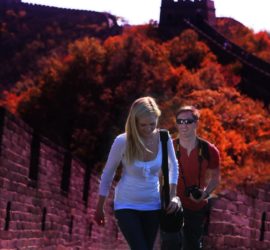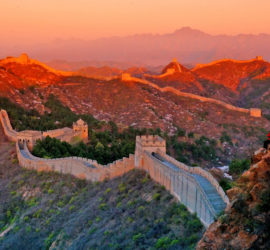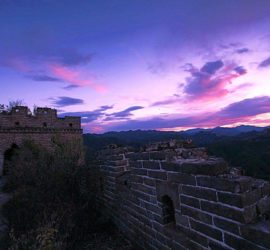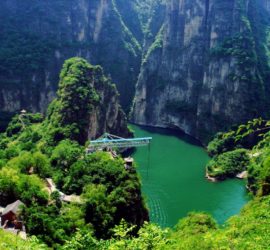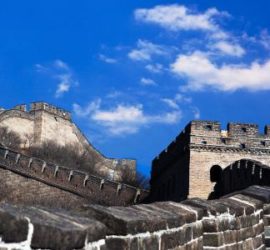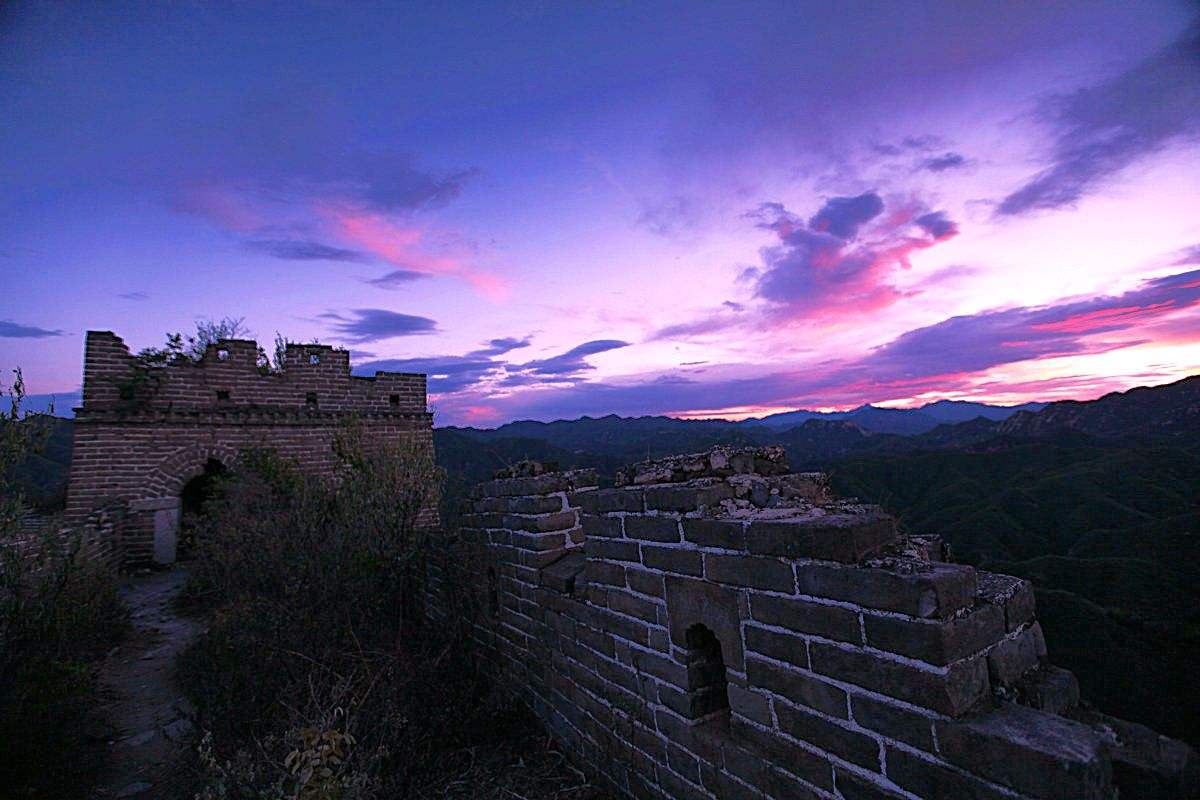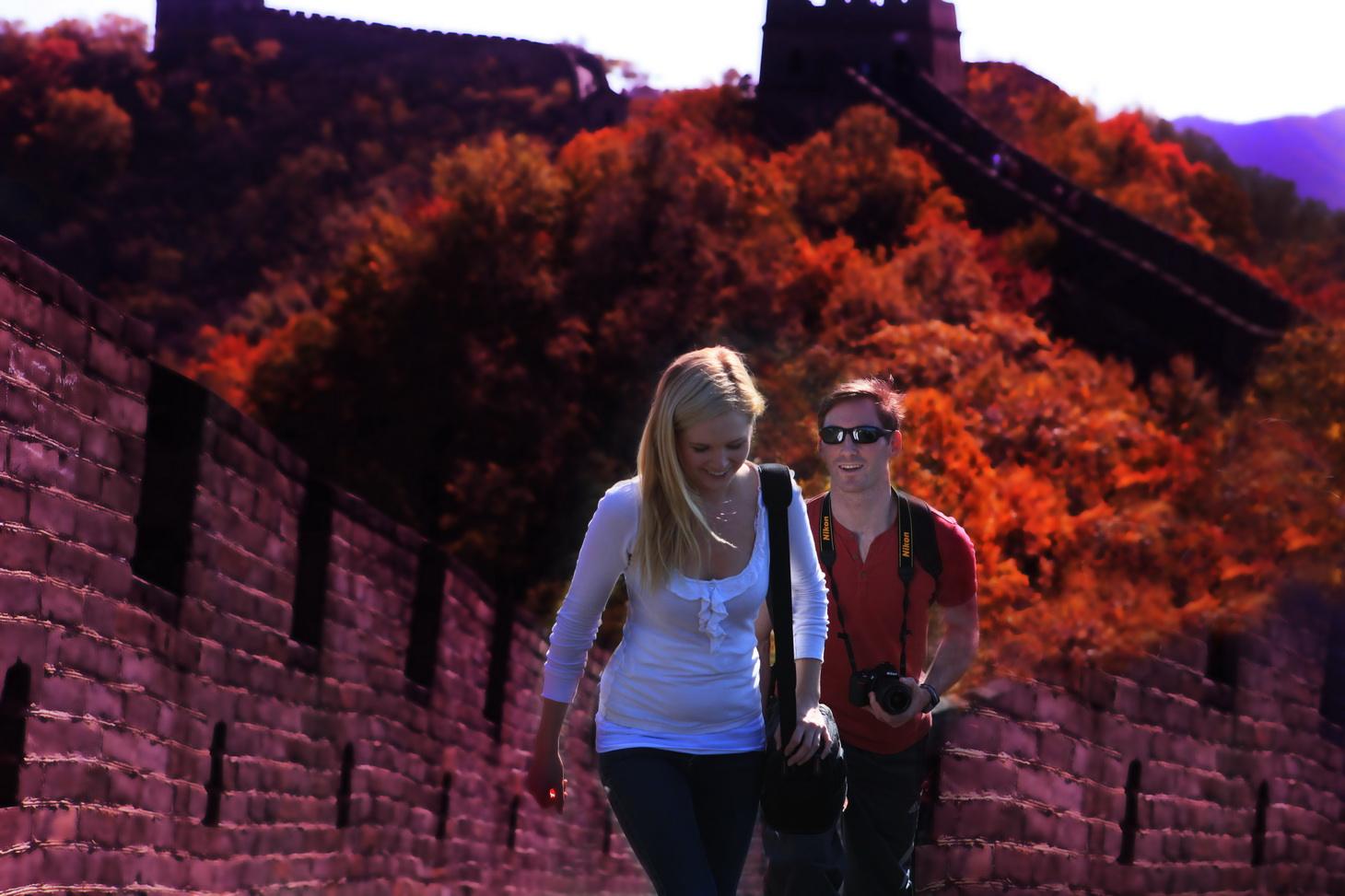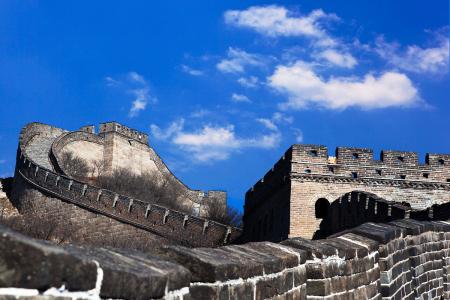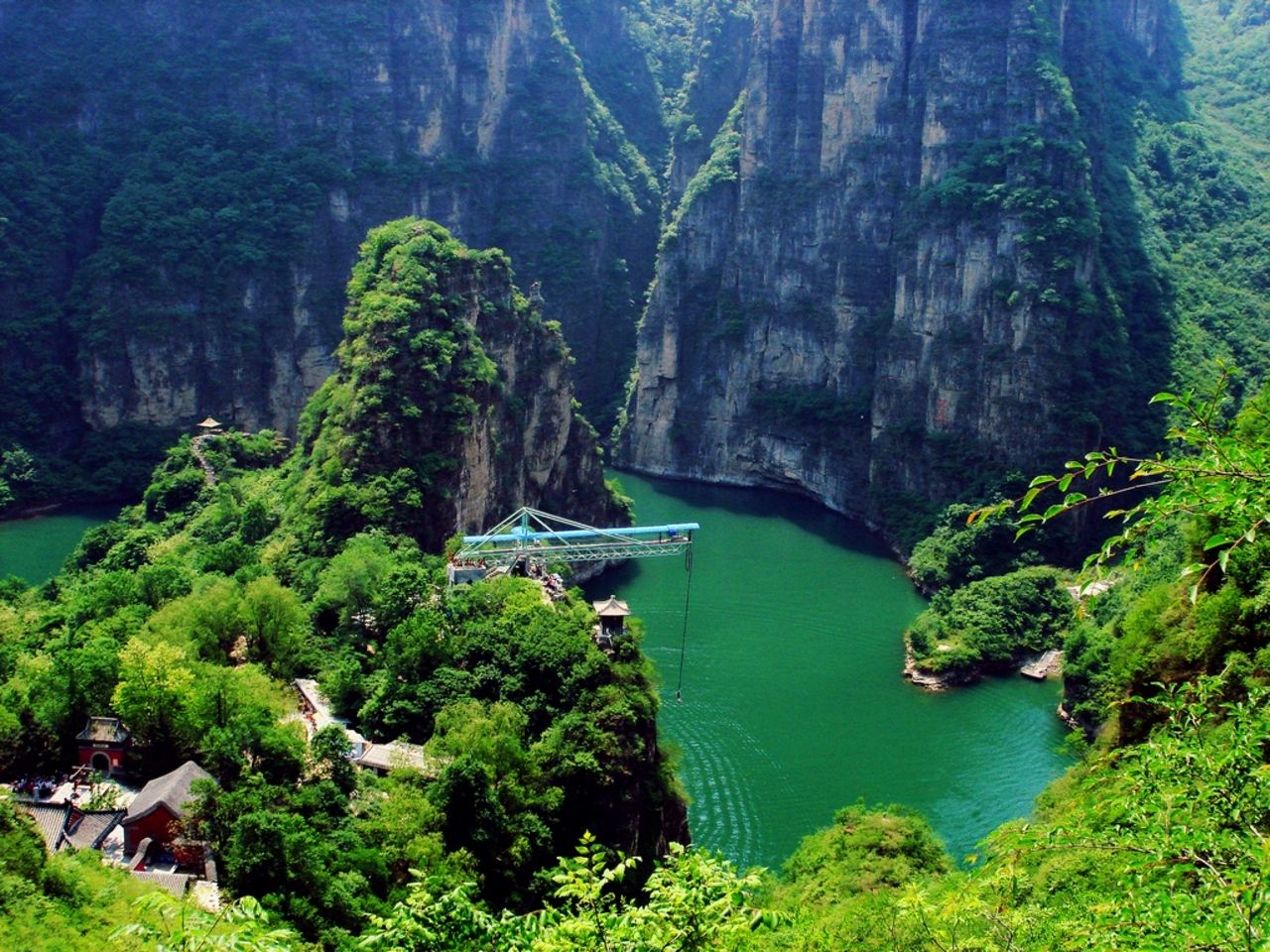Informations générales:
Hire a car with driver to world famous Forbidden city,Temple of heaven & Summer palace, Enjoy a hassle free and flexible tour provided by Mr orange.
Travelling to new places is intended to be fun and luxurious. However, this always comes with a cost; a cost of time, a cost of money, and a cost of effort. That is where we come in. Our car rental service is made and designed in a very flexible way that can be tailored to your specific needs at every specific moment. You will be driven to the Great Wall while you relax and only wait to arrive.
Why you will need a private transfer?
The Efficient Service
We have a topnotch service with fully licensed drivers that know the ins and outs of China. They will cater to your every need besides just driving. They can help you pay your tickets out and to attend to lunch breaks during your visit whenever you feel it’s necessary.Our vehicles are new. They are equipped with every accessory you would need like air-conditioning, air bags, seat belts, fire extinguishers, and more.
You Get To Save
Unlike the inconveniences you would get from having to look for taxi cabs and incur huge charges, our team would stay with you all day long. If you experience difficulties, you can always call our customer service: 0086-13910694045.You can keep the driver and the car for hours and your rates will be customized to suit you.There are no hidden charges and you get what you see.
You Are Flexible
You can always call for the service at any time, even very early in the morning. You will be taken to wherever it is you want to go, and you can stay there for as long as you feel you want to.You are also able to come with up to 4 friends if you like. This will help you to save on money just as much as it would be more fun.Our driver speaks Chinese and will help you overcome many hurdles in communication during difficulty. You may need to download Chinese basic English cheat sheet to speak with the driver though.
Tariff (Veuillez noter que notre prix est par voiture, PAS par personne) :
| 1 personne | 2 personnes | 3 à 5 personnes | 6 à 9 personnes | >10 personnes |
| 120 USD | 125 USD | 155 USD | 185 USD | Contactez-nous pour un devis précis |
Horaire :
- Departure time: 7:00 am (suggest time, subject to change based on your request)
- Estimated returning time: 18:00 pm
- Transfer duration: 4 hours
- Comprend : Conducteur, Carburant, Frais de stationnement, Frais de péage
- Exclus : Déjeuner, Billets d'entrée, Gratitude pour un bon travail
- Pick up point: Your hotel in down town Beijing
- Drop off point: Your hotel in down town Beijing
Forbidden City

La Cité interdite, l'un des sites les plus célèbres de Pékin en Chine, est un lieu qui transporterait quiconque dans le passé. Classée au patrimoine mondial de l'UNESCO en 1987 pour sa beauté incomparable, elle est considérée comme un monument historique majeur. Sa structure et son caractère unique ont permis de préserver l'édifice dans les années à venir.
Temple of Heaven
The Temple of Heaven refers to an imperial complex mainly of religious structures located in the southeastern region of central Beijing. The Emperors of Qing and Ming dynasties visited the complex where they conducted annual prayers to the Heavens for the abundant harvests. It is termed to as a Taoist temple.
Two encircling walls into the interior and towards the exterior parts divide the Temple of Heaven. Its primary structures are built towards the north and south ends of the central axis of the inner region. From the south towards the north, Huangiutan or the Circular Mound Altar, the Imperial Vault of Heaven also called Huangqiongyu and Qiniandian which was the Hall of Prayer for Good Harvest are the most magnificent buildings in the Temple of Heaven. This is definitely a place one would enjoy visiting with their families and friends.
Summer Palace:
The creation of the Summer Palace came about through the Jin Dynasty emperor Wányán Liàng and the moving of his capital to the area. Since this time, around the mid-1100s, various buildings and gardens have been created with Longevity Hill receiving its name from the Qianlong Emperor who commissioned work on the imperial gardens that sit on the hill in 1749 to commemorate his mother’s 60th birthday.
The area is now a public park, having been opened as such in 1924, and continues to attract an abundance of visitors both from China and the rest of the world.
A number of impressive buildings make up the Summer Palace with many sat on Longevity Hill;Buddhist Virtue Temple . Sea of Wisdom Temple and Dispelling Cloud Hall are just a few. This Palace is divided into three different areas, each consisting of its own individual function. These functions include political and administrative activities, residences, and recreation and sightseeing, making its huge scale more manageable for those who come to the site.
The Summer Palace claimed UNESCO World Heritage List status in 1998 with its masterpiece of Chinese landscape garden design being one of the features to be highly praised by the United Nations. The stark contrast of the imperial gardens with its incredible aspects of natural wonder juxtaposed with some amazing feats of engineering and manmade features make it a place of ‘outstanding aesthetic value’ that will continue to attract many visitors for years to come.
Having been first built in 1750 and suffered immense damage as a result of the war in 1860, the gardens also support a contrast of complete peace and tranquillity as well as a memory of conflict and less prosperous times. For these reasons, the Summer Palace with its Longevity Hill is a fantastic place to visit during a stay in China, whether as part of a tour or by yourself.



